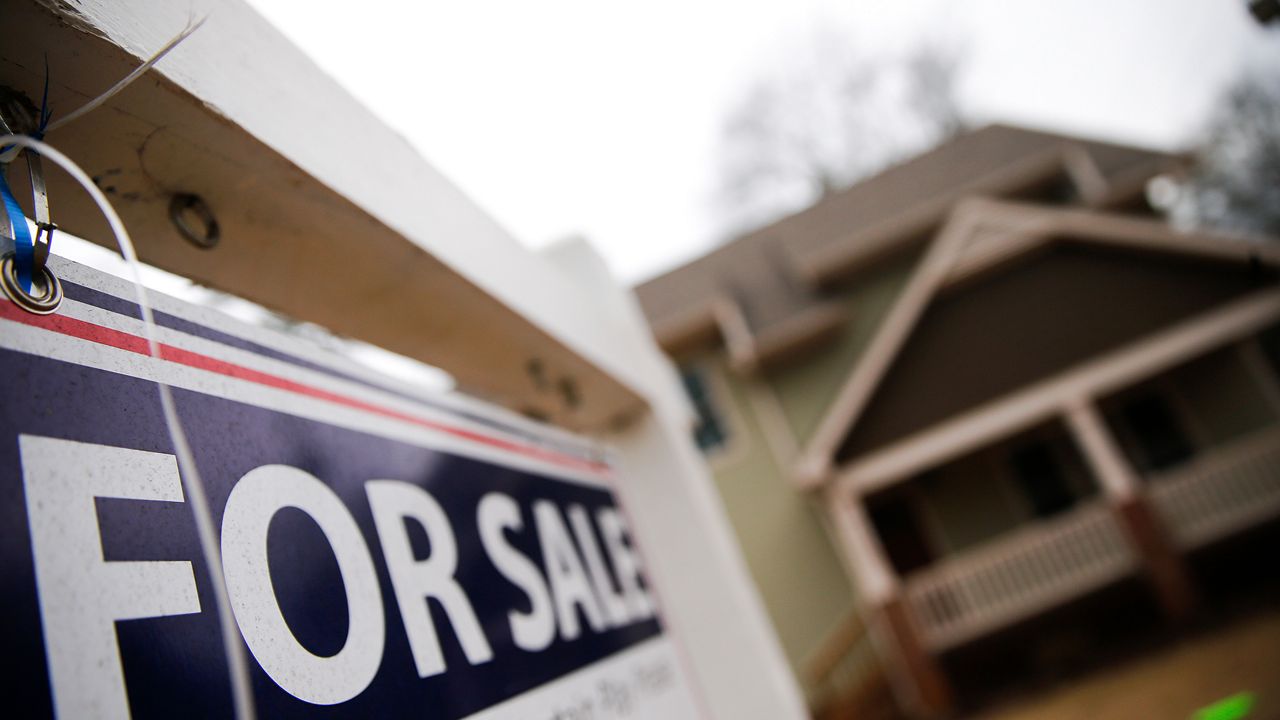A bipartisan pair of state lawmakers on Thursday announced a plan to examine why people are moving out of New York.
Republican Sen. Jim Tedisco and Democratic Assemblyman Angelo Santabarbara, in a statement, pointed to the most recent Census figures that showed New York's population dropped by 76,790 residents in the previous year.
The lawmakers plan to launch an online questionnaire and then hold a series of roundtable discussions to address the issue and meet with various sectors of the state's economy.
“The elephant in the room that our state government’s not talking about is why New York State is number one for highest population loss in the nation? ‘I love New York!’ is New York’s slogan. Unfortunately, in New York State and in our Upstate communities, too many people are saying ‘I’m leaving New York!’ When enough people who can afford to leave New York State are gone, who will be left to pay for the infrastructure, health care, schools and other necessities?" Tedisco said.
New York ranked fourth in population loss behind West Virginia.
The stakes are important for New York's population count in the upcoming Census, which will determine how much federal funding the state receives, as well as representation in Congress.
Population fluxes in New York are not new, but have alarmed some lawmakers and elected officials, who have blamed taxes or the state's climate for the deapatures. New York has lost a net 1.4 million people to other states in the last 10 years.
For rural areas, the issue can be of special concern as those regions of the state become older and poorer.
“Let’s reach out to New Yorkers to find out what’s happening,” Santabarbara said. “More than 80 percent of New York State is made up of rural communities with around 3.3 million residents in 44 rural counties, according to the U.S. Census Bureau. If this continues we could face the possibility of losing a seat in the 2022 redistricting, reducing our representation in Washington DC. New York State must address the needs, interests, and concerns of these communities if we are serious about stopping the population decline.”


